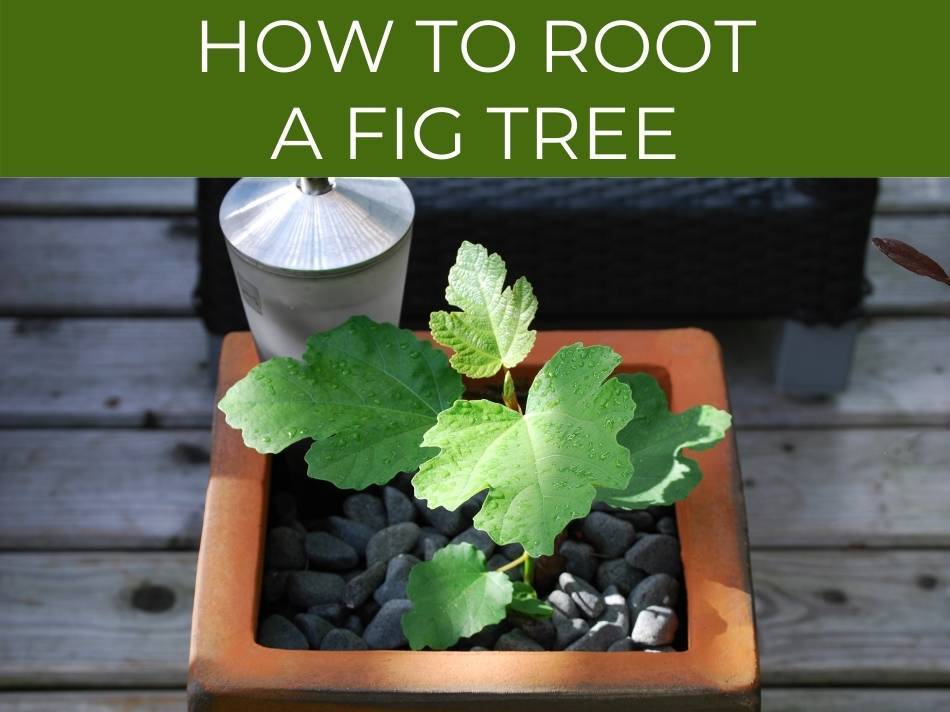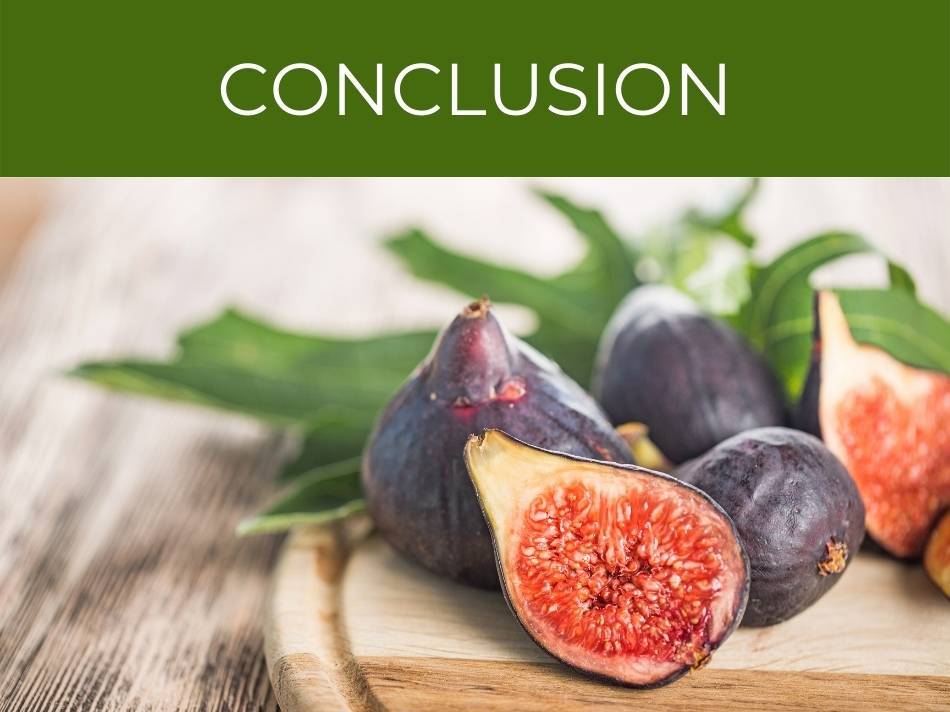Figs could be among the world’s earliest cultivated fruits, and fig tree roots are just as intriguing. Fig tree roots spread far and wide, sometimes becoming a problem for other plants or structures in the landscape.
Fig tree roots are shallow & spreading, and can grow up to 3 times the diameter of the fig tree’s canopy. The fast-growing roots grow and thicken within weeks, and have a tendency to dominate the growing area, and cause damage to walls, building foundations, pipes, sidewalks, & driveways.
Fig trees have one of the most invasive root systems of all fruit trees.
Gardeners who plant fig trees in home gardens look for natural ways to curb root growth and prevent damage to the surroundings without depriving the tree of the essential nutrients.
If left unchecked, the roots can damage sidewalks, walls and fences.

Fig Tree Roots
Though the fruit size may be small, the rest of the tree isn’t.
Fig tree roots, for instance, need a constant check to prevent damage.
Fig tree roots are fast-spreading, woody and dense.
Since the fig tree is native to the Mediterranean and Middle Eastern regions, the roots grow best in warm and relatively dry climates.
Colder climate impedes root development.
Though it will continue giving fruit, a fig tree might grow to its true potential and the roots will not develop ideally if the environmental conditions are less than optimal.
In the optimal conditions, the root system can stretch out far, sometimes invasively.

Fig Tree Root System
The fig tree root system stays close to the surface but spreads out far beyond the tree’s canopy.
It does not have a taproot and can spread out to 3 times the diameter of the canopy itself.
The lesser the moisture available to the tree, the further its roots will spread.
The root system of a fig tree, much like all other trees, serves two purposes:
- It anchors the tree trunk to the ground, giving the tree support to stand strong above the ground.
- It absorbs nutrients to feed the entire tree, including the leaves, branches, flowers and fruit.
The best soil to fulfill the above purposes is the one that’s loose, fertile, moist and with a pH in the range 5.5 to 6.5.
If your soil has high pH, check out our complete article on how to lower soil pH.
A soil that has all of these qualities will give the best root growth and a healthy and productive tree.
The topsoil is where much of the underground water and nutrients are present, which is partly why fig trees grow long, horizontal roots.
Additionally, a wider spread of the roots also helps anchor the tree from the strong winds.

Fig Tree Root Damage
Fig tree roots are generally shallow and spreading.
With the right conditions, the roots can sometimes cover 50ft of ground.
Though it’s unlikely that fig tree roots can cause damage to structures, it has a potential for doing so.
Fig tree roots have a potential for causing damage to walls, foundations, fences, pipes, sidewalks, and driveways.
Brown Turkey, Magnolia, Florida Strangler Fig are the most invasive species and for this reason, they have the most potential for damage, but other varieties can also pose damage.
Though the chances of root damage are little, they exist.
Gardeners often plant fig trees a safe distance, around 25 feet, away from structures to prevent damage.
Giving it a 25-feet radius to grow in also ensures that the tree has enough space and nutrients to grow healthy.

How Deep Are Fig Tree Roots
As already pointed out, fig tree roots are typically shallow and spreading.
They can spread out to 50 ft on the ground.
The roots tend to stay near the surface since topsoil is the richest in fresh nutrients.
Depending on the rootstock, fig tree roots can grow to variable depths.
Dwarf rootstocks grow roots to a depth of 1 to 2 feet, while full-sized fig trees can grow roots as deep as 3 to 3 feet.
The depth of the fig tree roots depends on the moisture conditions.
If less moisture is available, the roots will spread further and deeper, promoting a strong root system.
Frequent waterings will inhibit the roots’ tendency to spread out in search of water.
Container-grown fig trees will quickly outgrow their pots because of the fast growing roots.
As the roots continue growing deeper, you will need to repot the tree every 3 to 5 years to keep it from being root bound.
If you want to keep the fig tree compact, you can also prune the roots at the time of repotting.

Are Fig Tree Roots Invasive
All fig trees belong to the ficus family, which is known for its fast-spreading and shallow roots.
Even so, the smaller fig tree varieties, including Malta and Celeste have a comparatively contained growth of their roots.
Larger varieties, including Florida strangler, Brown Turkey and Magnolia are notorious for their invasive characteristics.
The roots of larger fig varieties can take the space and nutrients of surrounding plants.
Gardeners, especially those with smaller growing spaces, often look for ways to curb the root growth naturally.
One way to do so is to grow fig as a potted plant during the first few years of its life before planting it in the ground.
Doing so will keep the root growth contained during the initial stages so that it does not spread out destructively once it’s planted in the ground.

Removing Fig Tree Roots
Though fig tree roots are typically not aggressive enough to damage masonry, foundation and steep pipes, it’s best to plant it a safe distance away from structures.
However, if you planted the tree at an unsuitable location and want to uproot it, it’s not impossible.
Once the tree is cut down, you can use a stump grinder to remove the stump and the larger roots.
The remaining roots will need to be dug out.
Soften the soil by watering it well to make it easier to dig out the roots.
Cover the area with black plastic once the major roots are removed.
This will suppress any further growth from the remaining roots.
Alternatively, herbicides can also be used to kill any parts of the tree still remaining in the ground and suppress further growth.

How To Root Fig Tree Cuttings
There are three common ways to start a fig tree from cuttings.
While all the methods are equally simple, the chances of success for each one will depend on the weather of the dormant season in your region.
If the dormant season temperatures never fall below freezing, you can use the ground layering method.
Ground layering involves burying a portion of one of the lower growing branches under the ground.
Make sure 6 to 8 inches of the tip is showing above the ground.
Allow the buried branch to grow roots before cutting it from the parent plant.
Another approach is to cut out a two to three year old branch from a fig tree late in the dormant season, once all dangers of a frost have passed.
The bottom end should be cut flat while the tip should be slanted.
Treat the bottom end with a rooting hormone and the tip with a sealant before rooting the bottom end 6 inches deep in the ground.
Alternatively, you can use the third method, which takes the fig tree cutting as already described and roots it indoors in potting soil.
Check out the complete article on whether you can use Miracle-Gro garden soil in pots.
Rooting the fig cutting indoors gives an early start on the season.
If you live in a cold/cooler climate or growing zone, you’ll want to check out our complete article on cold hardy fig trees (and the 3 best cold-hardy fig varieties).

How To Root A Fig Tree
Fig trees are best planted outdoors in late winters or early spring, just after the dormant season passes.
Choose a site with full sun and well-drained soil to grow your fig tree.
Experts suggest planting the young plant 2 to 3 inches deeper than the pot it was growing in.
Young trees can reach a 25 inch height and comparable spread, so you’ll need to give it enough radius to grow freely.
Water deeply at the time of planting, and keep the soil moist to help the young plant establish its roots.
Spread compost around the base of the plant to nourish the roots and mulch it with straw before the start of the winter season.
Check out our complete article on “How to Transplant a Fig Tree?” to learn more.

Conclusion
Fig tree roots are shallow and spreading and can become invasive if left unchecked.
Though it’s unlikely that the roots will damage foundations and structures, it’s best to plant the tree away from structures.
With the right care, many varieties give a plentiful crop twice a year to keep your kitchen loaded with fresh produce.

